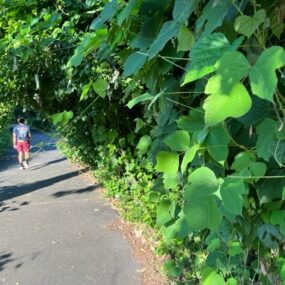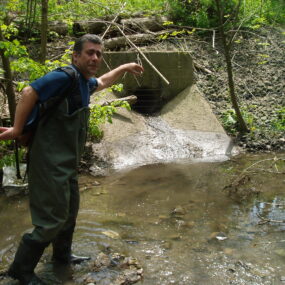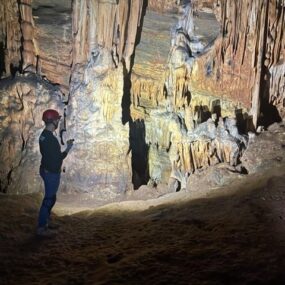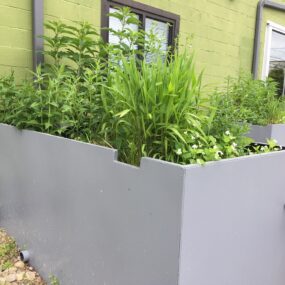The Vines They Are A’ Twining
I’ve walked this way many times – the route down to the river trail. I walk further downhill along narrow sidewalks, along a utility substation with buzzing machinery, down a gravel road. For some reason, it feels different on this day in an oddly menacing way. I spot a utility pole and can barely see the pole for the vine that is using it as a trellis. I quicken my pace, not knowing exactly why. As I draw closer, I notice that the vine – I recognize it now as kudzu – is not only creeping up the pole but also laterally along the ground, and has in fact covered an area several hundred feet in diameter.





